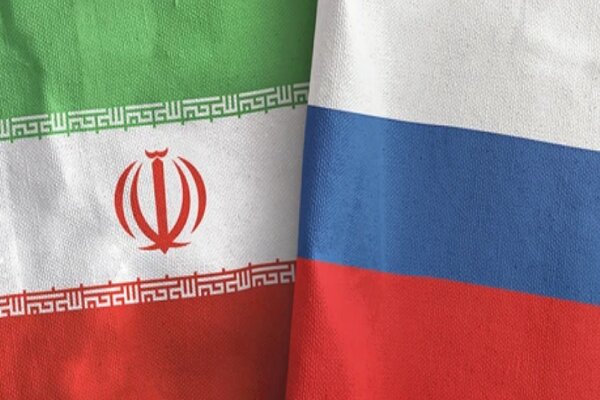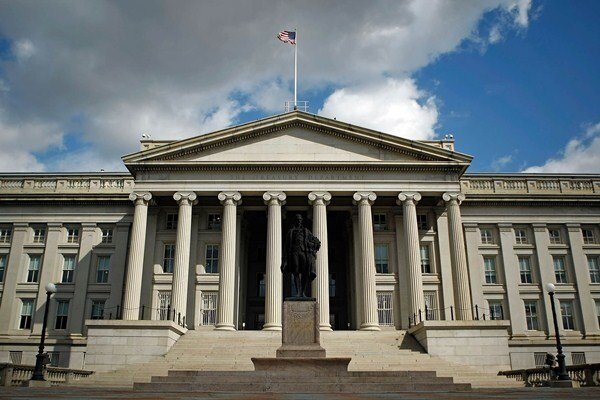Iran’s Railroad Revolution: Massive Investments Transforming the Sector
In a significant development for Iran’s transportation sector, two memoranda of understanding (MoUs) were signed recently in Tehran, marking a new chapter in the expansion of the country’s railroad capabilities. This initiative aims to enhance the efficiency and capacity of both passenger and freight rail services.
The signing ceremony took place in the presence of Farzaneh Sadegh, the Minister of Roads and Urban Development, and was reported by the Tasnim News Agency. The agreements indicate a robust commitment from the private sector to invest heavily in the railroad infrastructure, aiming to modernize and expand the fleet of railroad cars and wagons.
According to the details of the two MoUs:
- The private sector has committed to supplying more than 2,000 passenger railroad cars and cargo wagons.
- Investment for this initiative is projected to exceed 640,000 billion rials.
One of the notable agreements involves a private holding company that has pledged an investment of 30,000 billion rials specifically for the purchase and production of 650 various freight wagons. These wagons are intended for carrying essential crops, which is crucial for supporting the agricultural sector.
During the signing ceremony, the deputy chairman of the Islamic Republic of Iran Railways outlined ambitious long-term plans aimed at boosting the volume of railroad freight to an impressive 40 million tons. This goal reflects a strategic vision to enhance the role of rail transport in the overall logistics and supply chain within the country.
Furthermore, substantial arrangements have also been made to attract an investment of $6.4 billion into the railroad industry. The allocation of this investment is particularly noteworthy:
- 77% of the investment will be directed towards enhancing the rail fleet.
- 23% will be invested in improving the infrastructure necessary for supporting these operations.
This initiative is expected to not only modernize Iran’s rail services but also create numerous job opportunities and stimulate economic growth within the region. By fostering collaboration between the public and private sectors, the Iranian government is looking to build a more resilient and efficient transportation network that can meet the growing demands of its population.
In conclusion, the signing of these two memoranda of understanding marks a pivotal moment for the Iranian railroad sector. With significant investments planned and a clear strategy in place, the future of rail transport in Iran looks promising. The commitment from the private sector demonstrates confidence in the potential of railways to play a vital role in the nation’s economic development.






